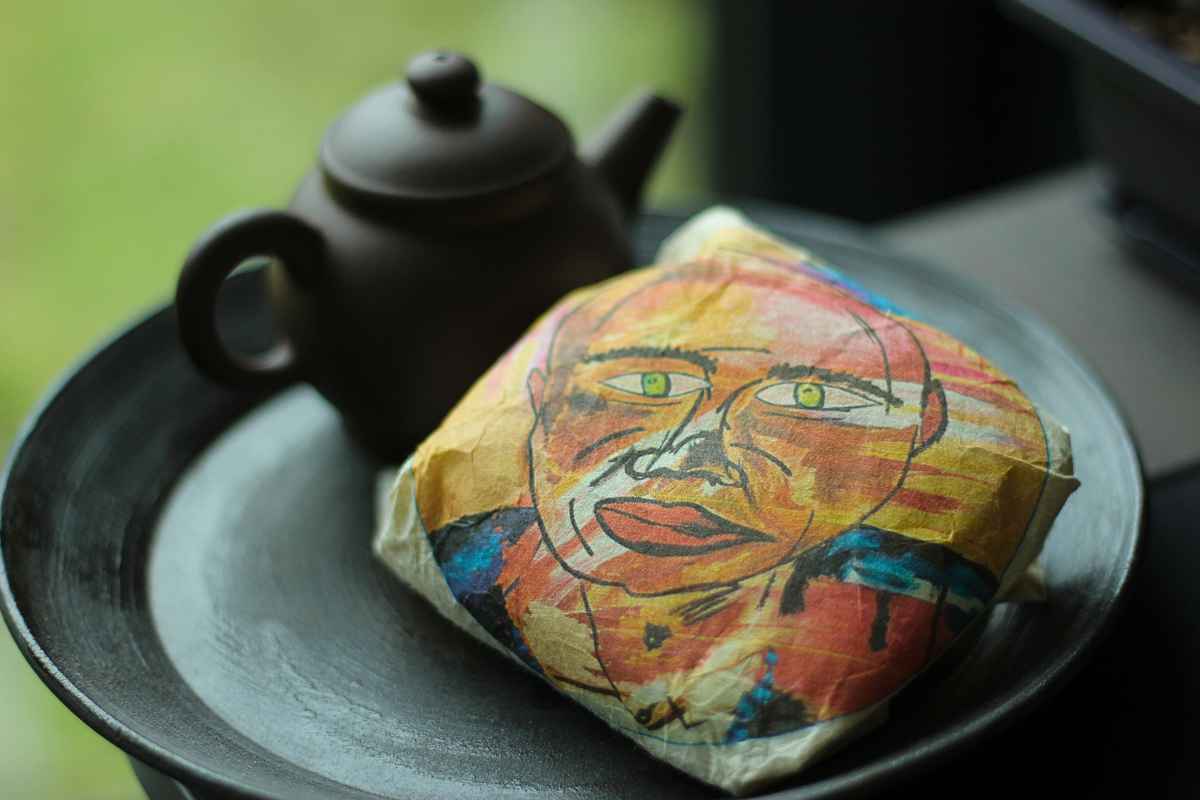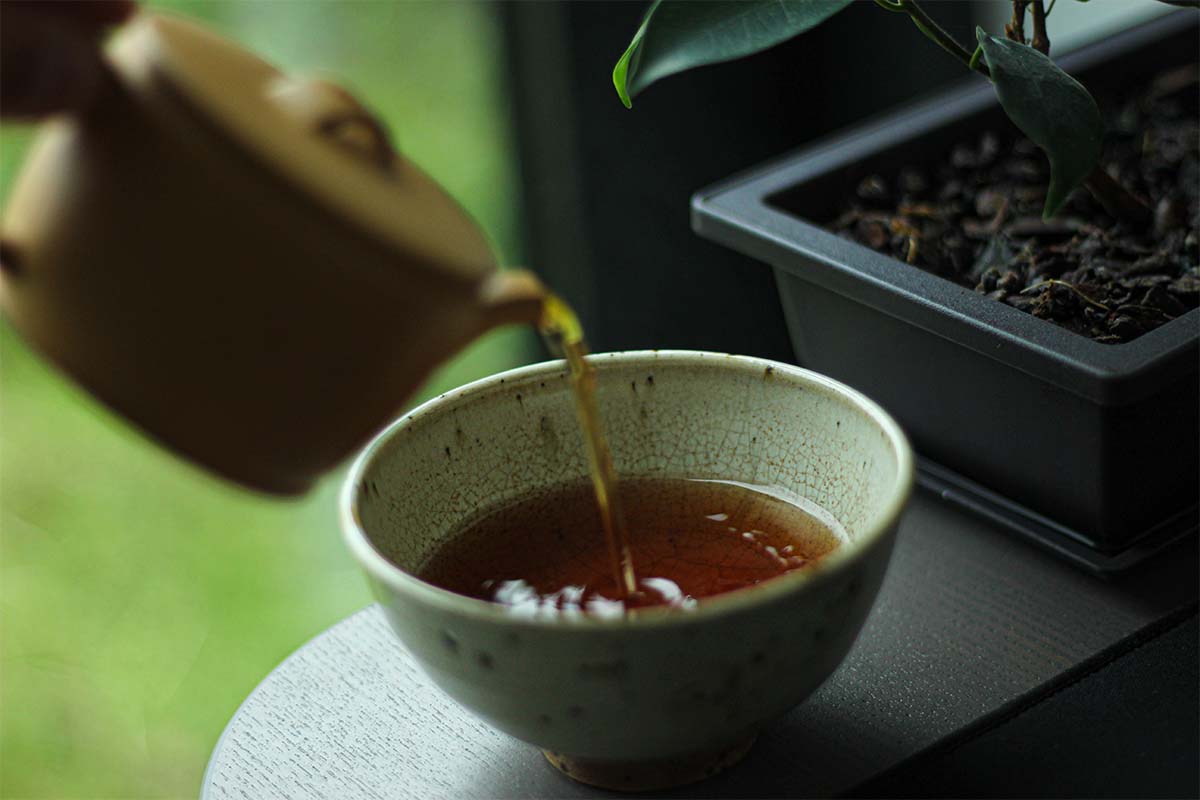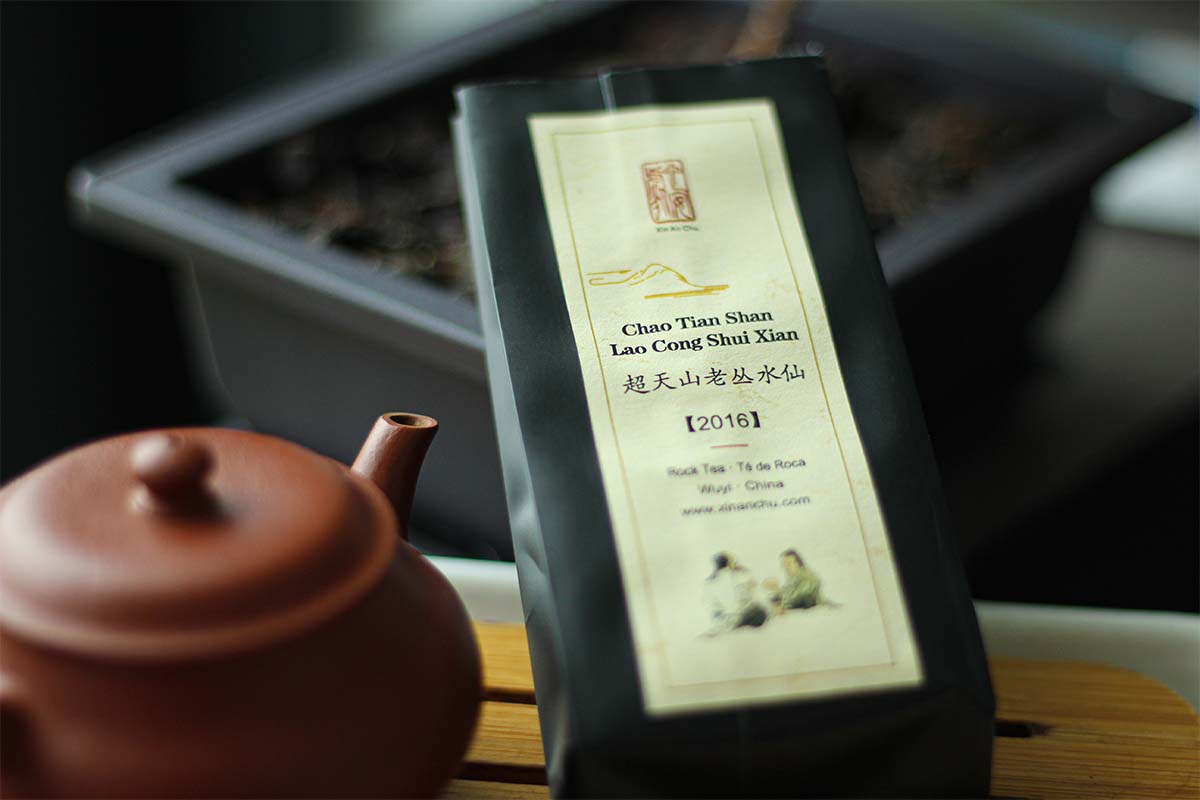Drinking Japanese green teas is not something I have enjoyed in the past but I really wanted to change that. Nio Teas sent me some samples and Instagram gave me some advice on how to brew Japanese greens. Because of this, I managed to brew three amazing cups of Yakushima sencha tea. While looking for some more information about this tea, I found out when and why sencha tea became the most popular tea in Japan and decided to include this information in my post.
Do you want to read about another green tea? You can read my tasting notes about the Qing Xin Gan Zi green tea from Taiwan.
Sencha
One of the eight main types of Japanese green teas is sencha, which corresponds with around 80% of Japan’s total production. In general, this kind of tea is for popular consumption as sencha teas are usually of medium quality. Of course, there are some exceptions to this ‘rule’ because there are also some high-quality sencha teas that are rare and complex in flavour. After picking, the tea leaves are steamed (instead of pan firing like they usually do in China) to start the kill green process. The leaves are also rolled to get the typical almost needle shape of the tea leaves.
Originally, it was the Japanese Buddhist monk Baisao who introduced sencha tea in Japan (Kyoto) in 1735. The word ‘sencha’ literally means infused or simmered tea. This has to do with the original tea practice by Baisao. Around 1735, matcha was the most popular tea in Japan. In comparison to the more formal and elaborate Japanese tea ceremony of preparing matcha (which is called chanoyu or chadō), adding tea leaves to water and infusing them for a while was easier. That is why this way of preparing tea (also called senchadō) became popular among intellectuals and monks. Because of its increasing popularity, someone produced a type of tea named after this brewing method. Nowadays, the term ‘sencha’ refers to the type of leaves and not to the brewing process. After Baisao’s death, sencha tea became increasingly popular, gradually replacing matcha. Matcha is still around today but sencha tea is a lot more popular nowadays.
Yakushima Sencha
This tea is a Japanese green tea from the island of Yakushima. This is a subtropical island not far from the coast of Kagoshima. The climate has a certain influence on the tea as it is a very sweet one.
The dry leaves have a beautiful darker green colour. They look like a typical Japanese green tea: smaller and sharp leaves. The needle shape of most Japanese green teas is visible. I’m getting a light sweetness in combination with hay and some grass.
After infusing, the leaves have opened up completely. They have an intense and fresh green colour. The smell of the wet leaves is a bit different. It’s mainly a pleasant sweetness and some hints of umami.
Tea tasting
- Water 70°C
- 2.3g of tea leaves for a 100ml Tokoname kyusu
- No rinse or pre heating the kyusu
- 3 infusions with different infusion times
Infusions
1st infusion (60 sec): this is a very bright yellow/green infusion. It has a light umami smell. Oh boy! Drinking this tea is something else! It’s almost too good to put into words. Very fresh sweetness at the start. It feels like a light breeze on a hot Summer’s day.
2nd infusion (30 sec): the colour of the liquor is a bit darker. A subtle astringency is noticeable and it’s still amazingly sweet. I’m also getting a subtle touch of hay (very minimal). The sweetness continues into the aftertaste. It’s almost as if I’ve eaten a raspberry ice cream.
3rd infusion (45 sec): not as sweet anymore as I’m getting some grassy notes in combination with some umami in the finish. Very clean tasting tea.
Do you want to read about the last tea I have tried? Read my notes on The Tea Guru’s 2010 Hai Lang Hao ‘As You Like’.
Conclusion
If you have been following my tea adventures for a while, you know that I have a love/hate relationship with Japanese green teas. I never seem to get the right flavours out of the leaves. Because of Instagram, I am able to talk to a lot of kind and knowledgeable people. I asked some advice and Terita (@sencha_and_fruit), who knows a lot more about Japanese green teas than myself, gave me some useful guidelines. I followed the guidelines and brewed three magical cups of green tea. Subtle, sweet and delicious! Really enjoyed this one and I can’t wait to use the rest of the sample Nio Teas was kind enough to send me.
Want to buy this amazing sencha tea? Or other high quality Japanese green teas? Visit Nio Teas!




